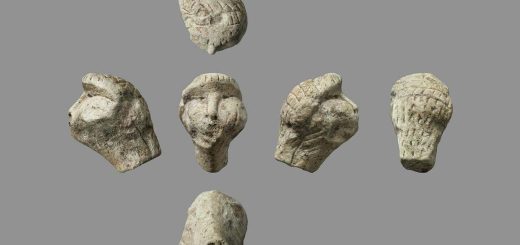Our big brains may have evolved because of placental sex hormones
Unlike other primates, humans are exposed to high levels of placental sex hormones in utero, which may have shaped our evolutionary brain development
By Grace Wade
20 June 2025
Exposure to hormones in utero could affect human brain growth
Peter Dazeley/Getty Images
The human brain is one of the most complex objects in the universe – and that complexity may be due to a surge of hormones released by the placenta during pregnancy.
While numerous ideas have been proposed to explain human brain evolution, it remains one of our greatest scientific mysteries. One explanation, known as the social brain hypothesis, suggests that our large brains evolved to manage complex social relationships. It posits that navigating large group dynamics requires a certain degree of cognitive ability, pushing social species to develop bigger brains. For instance, other highly sociable animals, such as dolphins and elephants, have relatively large brains too. But the biological mechanism underlying this link has remained unclear.
Read more
The brain has its own microbiome. Here's what it means for your health
Advertisement
Now, Alex Tsompanidis at the University of Cambridge and his colleagues say the answer may be placental sex hormones. During pregnancy, the placenta – a temporary organ that acts as an intermediary between the fetus and the mother – produces hormones crucial for fetal development. These include sex hormones such as oestrogens and androgens.
“I know that seems like a jump – thinking about human evolution and then ending up on the placenta,” says Tsompanidis. “But the reason for that is because we’ve been looking at the fluctuations and variations in the levels of these hormones in the womb and seeing that they predict things like language development and social development.”
Emerging research also shows that these hormones influence the developing brain. For instance, a 2022 study found that administering androgens, such as testosterone, to brain organoids – simplified, miniature versions of the brain made from human stem cells – during a critical developmental period increased the number of cells in the cortex, a brain region crucial for memory, learning and thinking. Other studies in brain organoids have shown that oestrogens are important for forming and stabilising connections between neurons.


